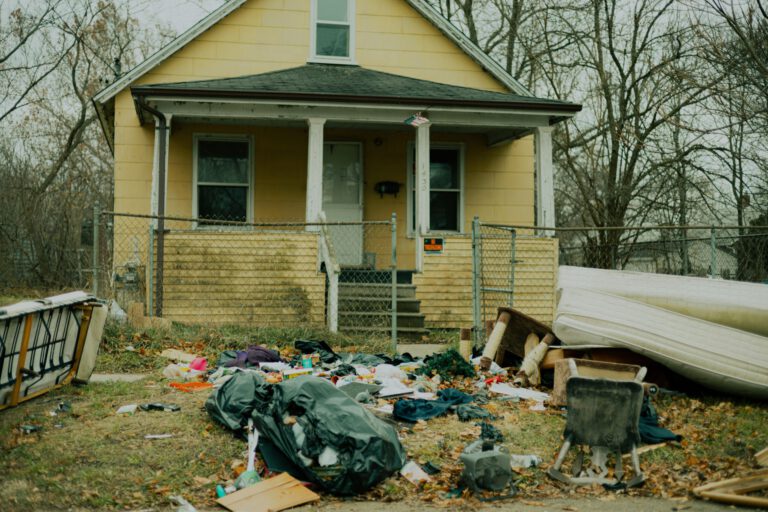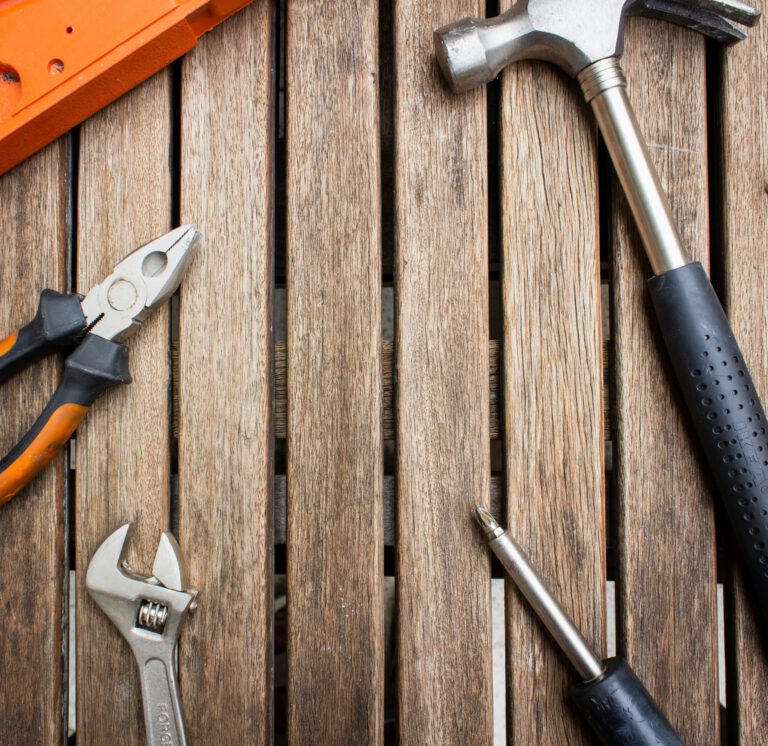I remember a night last summer when a sudden windstorm hit our neighborhood. I had just gone to bed when I heard the unmistakable sound of branches scraping the windows and something heavy falling outside. The next morning, my backyard was a mess: roof shingles had blown off, the fence was partially down, and water had seeped into the basement. That experience taught me a big lesson you can’t wait until the last minute to prepare your home for extreme weather.
In this article, I’ll walk you through practical, real-world ways to get your home ready for storms, floods, heatwaves, or blizzards drawing from both personal experience and expert advice.
Why Preparing in Advance Matters
Extreme weather events hurricanes, tornadoes, floods, wildfires, ice storms are increasing in frequency and intensity. Insurance claims and repairs after the fact can be costly and stressful. Preparing in advance helps reduce damage, save money, and protect your family’s safety.
Assess Your Home’s Vulnerabilities
Walk Around Your Property
Start by doing a simple walk-around inspection. I remember spotting small cracks in the foundation and thinking they were harmless until one rainy season when those cracks allowed water to seep in.
Check the roof for loose or missing shingles.
Look at gutters and downspouts; make sure they’re clear.
Examine the foundation for cracks or gaps.
Inspect windows and doors for poor seals.
Strengthen the Roof and Windows
Secure the Roof
Your roof takes the brunt of storms. If you live in a hurricane-prone area, consider installing hurricane straps or clips. In my case, after losing shingles in a windstorm, I learned to keep extra roofing materials on hand and schedule a professional inspection each spring.
Storm-Proof the Windows
Installing storm shutters or using impact-resistant windows can prevent shattered glass during hail or high winds. I once made the mistake of taping the windows, thinking it would help but experts say that offers almost no protection. If shutters are too costly, at least invest in heavy-duty plywood panels you can secure when storms are forecasted.
Protect Against Flooding
Elevate Electrical Systems
A friend of mine in a flood zone raised all his electrical outlets, switches, and furnace off the ground and when floodwaters came, his home fared far better than his neighbors’.
If you’re in a flood-prone area, elevate your electrical systems and HVAC units.
Install a sump pump in the basement (and make sure it has a battery backup).
Use sandbags or flood barriers if heavy rain is forecasted.
Reinforce Doors and Garage
Strengthen Entry Points
Did you know that garage doors are one of the most vulnerable points during high winds? I learned this after seeing several neighbors’ garages collapse in a storm.
Install a bracing system on your garage door.
Reinforce exterior doors with heavy-duty deadbolts.
Use weatherstripping to prevent water intrusion.
Prepare for Power Outages
Have Backup Power
A few years ago, during a winter storm, our entire block lost power for two days. I hadn’t stocked up on batteries or backup lighting, so we were scrambling in the dark. Since then, I’ve kept:
A portable generator (properly ventilated outdoors).
Battery-powered lanterns and flashlights.
Extra batteries and power banks for devices.
A stockpile of nonperishable food and bottled water.
Create an Emergency Kit
Every household should have an emergency kit ready. Mine includes:
First-aid supplies.
Prescription medications.
Copies of important documents in a waterproof bag.
Blankets, extra clothes, and personal hygiene items.
Cash (because ATMs may not work).
Develop a Family Emergency Plan
Practice Your Plan
It’s one thing to have a plan it’s another to practice it. I sat down with my family last year and we walked through what to do in case of tornado warnings, floods, or fires.
Identify safe rooms or evacuation routes.
Designate a meeting spot if you’re separated.
Make sure everyone knows how to shut off utilities.
Maintain Your Insurance Coverage
Check Your Policies
One of the smartest moves I made after that big windstorm was reviewing my home insurance policy. I realized I didn’t have enough coverage for wind damage or flooding.
Check what your homeowner’s insurance covers and what it doesn’t.
Consider additional policies for floods, earthquakes, or hurricanes.
Take photos or videos of your belongings for insurance documentation.
Don’t Wait for the Forecast
Extreme weather prep isn’t something you should do only when a storm is coming. Build it into your seasonal routine. For example, before each winter, I clean out gutters, cover outdoor faucets, and stock up on ice melt. In summer, I check tree limbs around the house and review our emergency supplies.
Preparing your home for extreme weather may feel overwhelming, but it’s truly one of the best investments you can make for your safety, peace of mind, and finances. Speaking from personal experience, I can tell you: the small steps you take today can save you from big headaches tomorrow.
If you’re not sure where to start, just pick one or two items from this list and begin there. Your future self will thank you when the next storm hits.




